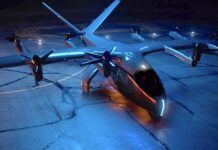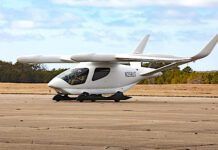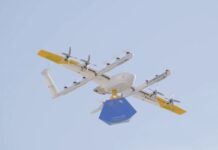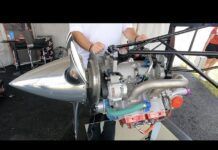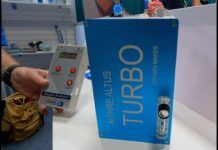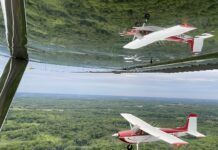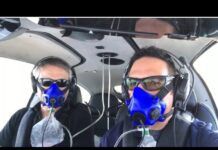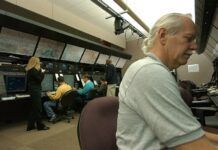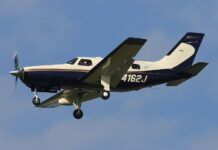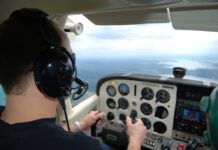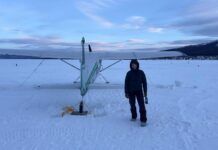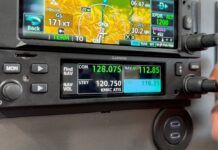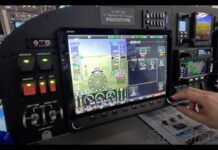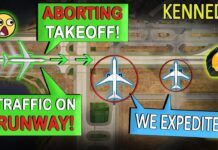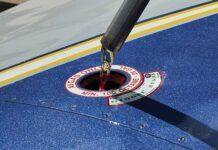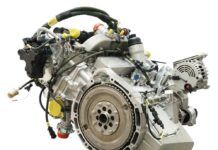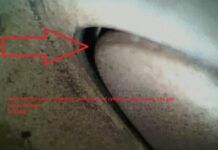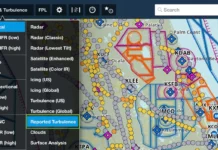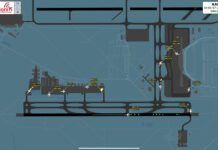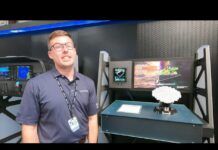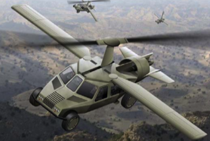
Six companies, including Lockheed Martin and a division of Pratt & Whitney, have won 12-month contracts for early phase development studies of a semi-autonomous “Transformer” vehicle that aims to combine the “HumVee” with the helicopter. The Transformer, or TX program, aims to develop a “robust ground vehicle” that has vertical takeoff and landing capability and is good for 250 nautical miles of air, land or combined air/land travel. It also aims to do that while carrying 1,000 pounds of troops and gear (roughly four soldiers) and being non-pilot friendly. According to DARPA, such a vehicle could escape “trafficable terrain,” making vehicular troop movement less predictable and more flexible. Such an aircraft will require the incorporation or development of significant technologies, and that’s what the program’s first-phase contract winners will set out to research.
AAI Corporation and Lockheed Martin; Carnegie Mellon University and Pratt & Whitney Rocketdyne; Aurora Flight Sciences working with ThinGap; and Metis Design Corp. have been selected to conduct various “trade studies.” DARPA says those studies will “develop and mature” propulsion systems, wing structures, materials, vehicle configuration, energy distribution and semi-autonomous flight control systems prior to a possible second phase of development. Click through for DARPA’s news release (PDF).



